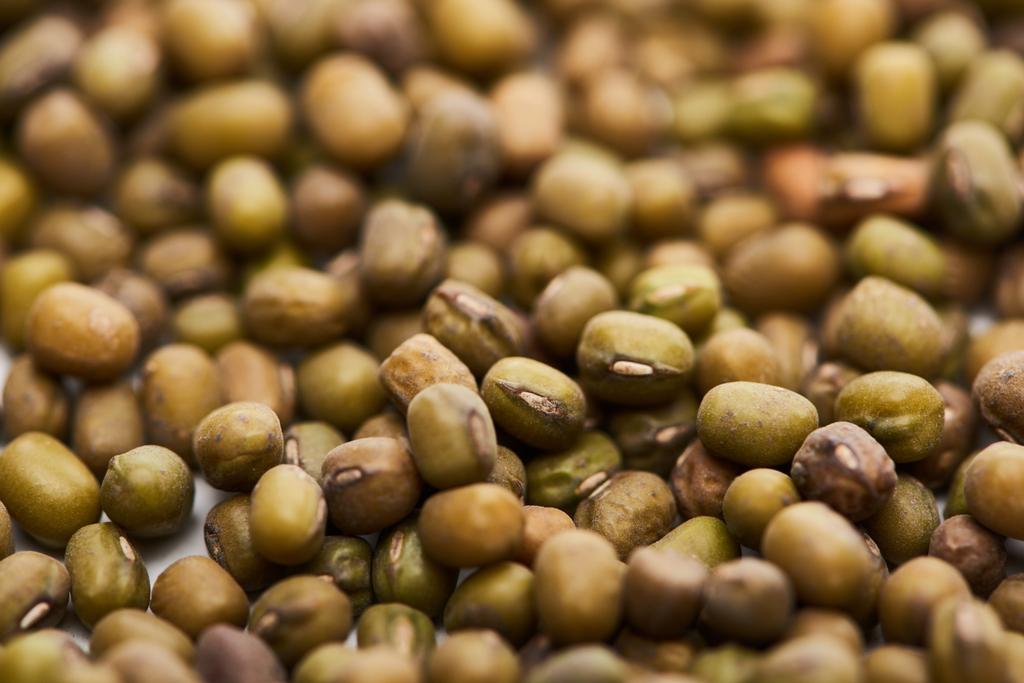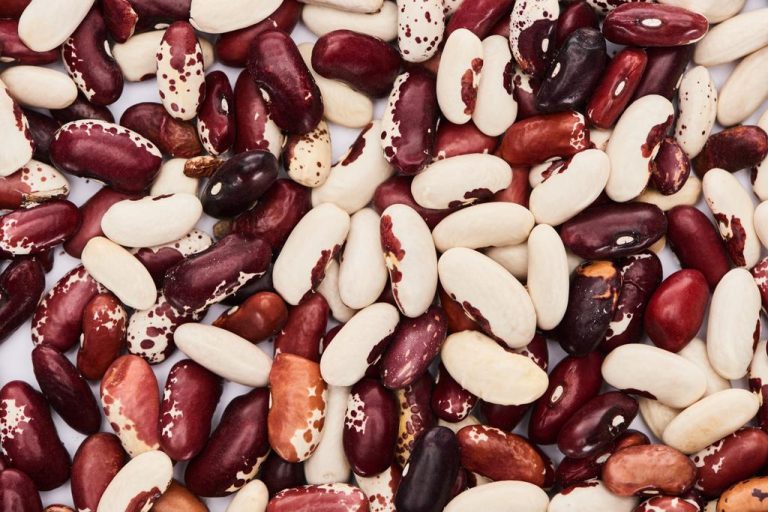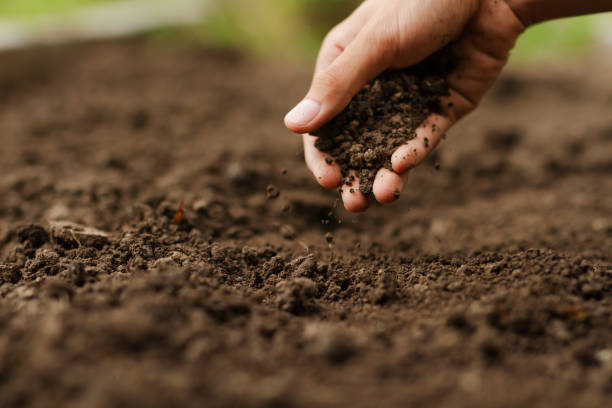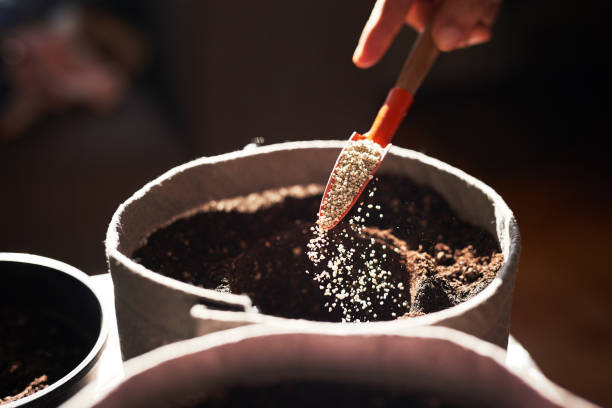Legumes is one of the most species-rich plant families, also known as legumes. Through a symbiosis with bacteria, they bind nitrogen from the air and thus improve the soil.
Legumes are a plant family of lepidoptera that includes around 17,000 species. They are also called legumes.
Legumes form a connection with so-called nodule bacteria. These bind valuable nitrogen for the plants and enrich the soil with it.
In this article you will read which plants are legumes and why they are so valuable for humans.
representatives of legumes
The legumes are divided into two broad categories. The so-called grain legumes form the first category. They form nutritious grains and seeds for humans. These include legumes, such as:
Chickpeas
Beans (bush beans, pole beans, soybeans)
Peas
lupine
lenses
peanuts
The second category mainly includes forage crops for livestock farming. These include, for example:
clover
alfalfa
Legumes also include trees and ornamental plants:
acacias
wisteria
Legumes and their symbiosis
Legumes form root nodules in which they enter into a symbiosis with so-called nodule bacteria. This is referred to as biological nitrogen fixation.
The nodule bacteria bind the volatile nitrogen from the air and make it organically available in liquid form for the plants. They convert the nitrogen in the air (N2) into liquid ammonia (NH3).
This makes the plants independent of nitrate levels in the soil. Legumes also thrive on very nutrient-poor soils and also enrich the soil for the following plants. As a result, less fertilizer can be used. This protects the soil and groundwater.
If you want to grow legumes yourself, make sure you don’t plant them in back-to-back years. Since the plants have already enriched the soil, the soil may already contain too much nitrogen for the legumes. Plant medium and heavy feeders in the improved soil the following year.
Nutritious legumes
Legumes play an important role not only in agriculture, but also in our diet. The University of Giessen has dealt extensively with the nutrients and antinutrients it contains:
Due to the nitrogen fixation, the plants have sufficient nitrogen available for protein synthesis. Therefore, the fruits of the legumes are very rich in protein.
In addition to proteins, legumes contain fiber and long-chain carbohydrates. Since the human body needs a lot of time to process these substances, they keep you full in the long term. Legumes are also rich in vitamins and minerals such as calcium and magnesium.
In addition to nutrients that are valuable for the body, legumes also contain so-called antinutrients. These inhibit the absorption of nutrients and are sometimes toxic to the body. Legumes contain phytic acid and tannins. The substances inhibit the absorption of minerals. They also contain lectin, which is toxic to the human body.
It is therefore advisable to soak legumes such as chickpeas or lentils and cook them for a long time.
benefits of legumes
Legumes play an important role in our agriculture.
They enrich the soil with nitrogen and keep the soil fertile. Farmers can take advantage of this effect by cultivating the soil with legumes in the last year of crop rotation and thus enriching the soil with nitrogen for future plants.
The Federal Ministry of Food and Agriculture has decided on the so-called protein planting strategy to promote the cultivation of legumes. This could save on chemical fertilizer in the long term, which enables sustainable and ecological agriculture.
Healthier soil also reduces plant diseases and pests. This also means fewer pesticides and herbicides are needed.
The various types of clovers grow quickly and are well suited as cattle feed, while at the same time they can serve as green manure.
Most legumes develop taproots. These also loosen the deeper layers of soil and thus counteract soil compaction.
Due to their nitrogen-fixing properties, legumes are ideal as pioneer plants. This means that they can be grown in areas that were previously not covered with greenery. As a result, they also play an important role in the renaturation of areas destroyed by humans.



